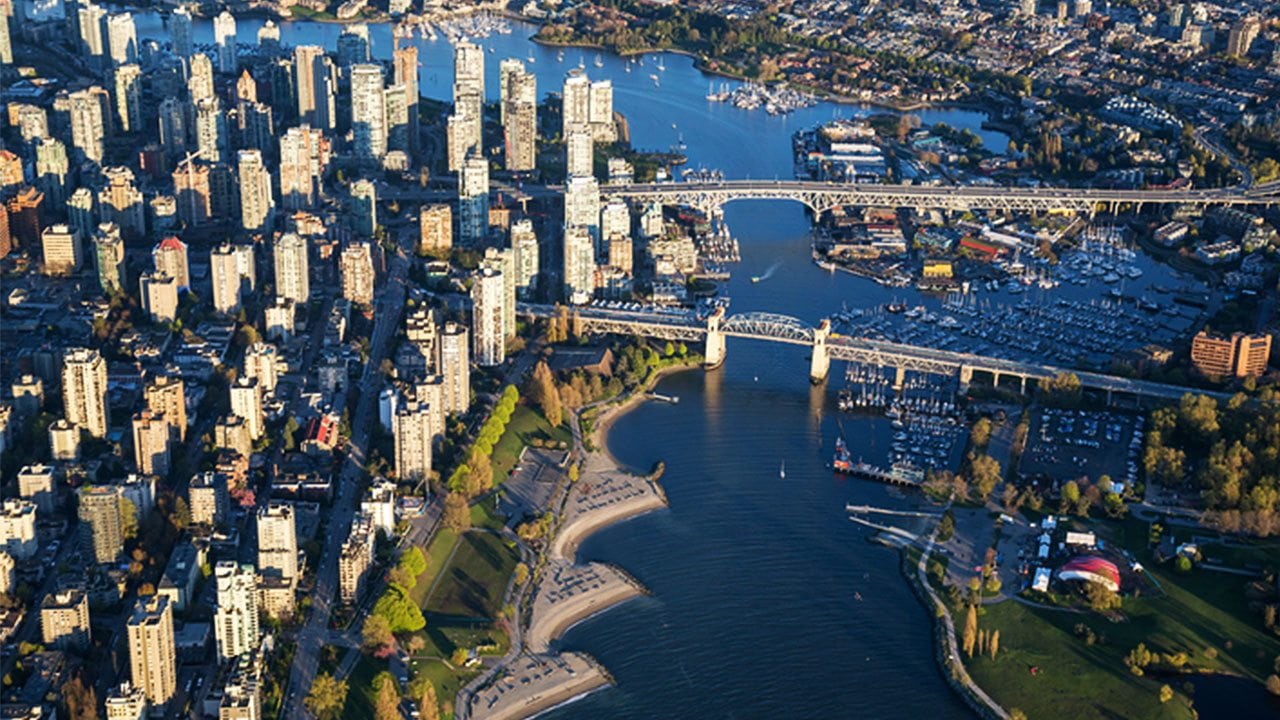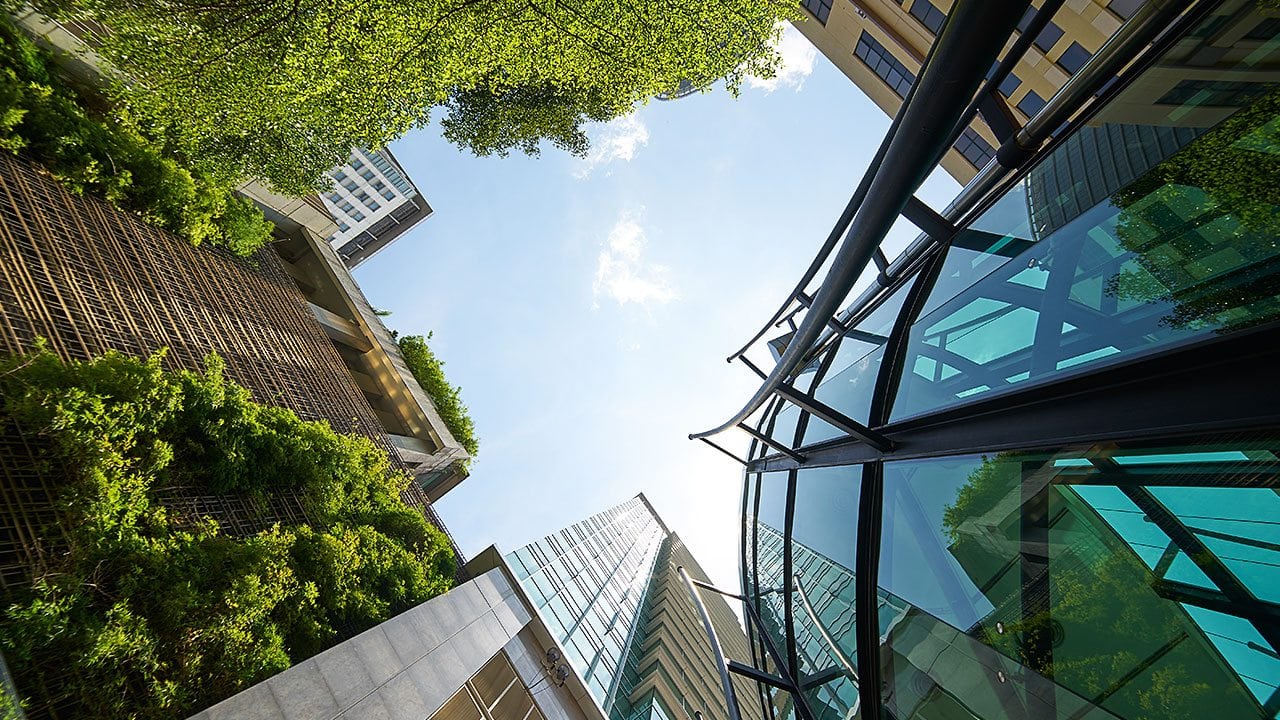When it comes to meeting the challenges of tomorrow, it’s no secret that there’s plenty of work to be done. Lowering emissions, shifting towards sustainability, and remodeling our cities so that they can exist in harmony with the natural world are no easy tasks. Fortunately, we’ve shown that we’re more than up to the challenge.
Across the country, all kinds of initiatives have cropped up. In fact, Vancouver has been home to quite a few of them. What are our distant neighbours to the west up to, and how is BIM a crucial aspect of it? Here’s what you need to know.
An Overview of Vancouver’s Green Dream
Vancouver has been working hard to earn itself the title of Greenest City in Canada. To this end, it recently announced an ambitious action plan known as the City of Vancouver’s Zero Emissions Building Plan.

The city of Vancouver is looking to become the greenest city in all of CanadaThis initiative, which is hoping to reach its goals by 2030, is set to have a substantial environmental impact. That’s because while the city is already 31 percent renewable, 56 percent of the emissions currently created by Vancouver are generated by buildings. All that energy is used to heat buildings, warm up hot water, light facilities, and more. To help reduce this energy use, Vancouver is working hard to make sure that all new buildings created after 2025 will be zero emissions buildings. These new buildings won’t create any emissions in their day-to-day use. Then, by 2030, Vancouver is hoping that all of its buildings will create zero emissions.
How Grads of Building Information Modeling Programs Can Help
Making a building that creates zero emissions is no easy task. However, there’s one component that will be crucial to success: professionals with BIM training. In fact, Brad Badelt, the City of Vancouver assistant director of sustainability, has noted that “BIM will be a critical tool”. “It’s highly unlikely,” he added, that “developers will be able to hit our goals without using BIM in a comprehensive way.”
This is because building design will need to change radically to meet Vancouver’s emissions goals. Crafty design elements that promote natural light can help to reduce energy demands from buildings, but graduates of building information modeling programs will need to go one step further to improve building sustainability.
Most energy use comes from hot water and heating, so designs that focus on ventilation and envelope will be essential. Efficient heat recovery ventilators, for example, could use the heat from air exiting a building to warm fresh air coming in. As a result, their inclusion in designs could help to drastically reduce a building’s carbon footprint. The designs of floors, walls, doors, and roofs—known as the “envelope” of a building—will also need to undergo important transformations so that precious heat doesn’t escape during the cold winter months.

Design changes to ventilation systems will have a big impact on emissions figures
Crafty BIM professionals will have the challenge of taking each of these design elements to the next level. However, this challenge won’t be one that professionals tackle in isolation. To promote collaboration, share best practices, and ensure that especially beneficial designs are adopted by many companies, the city of Vancouver will create a resource library where designs can be shared and turned to for vital information. This library will be known as the Centre of Excellence and will allow for a whole world of innovation to make a true impact on the way we design buildings. While time will tell the exact impact this important initiative will have, it could potentially pave the way for other cities to follow suit. Who knows! Throughout your career, zero emissions buildings and industry-wide collaboration might become the norm.
Would you like to be an essential part of the drive towards sustainability?
Find out how Digital School’s building information modeling courses can help you get there.



